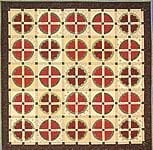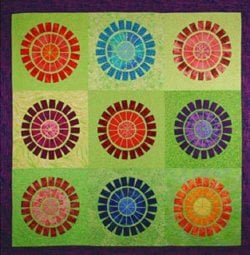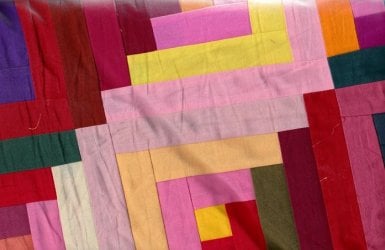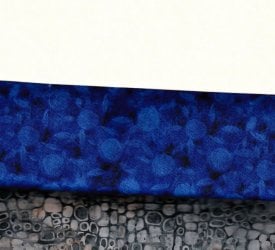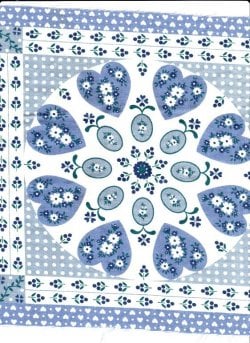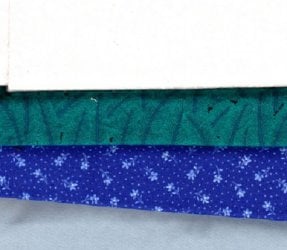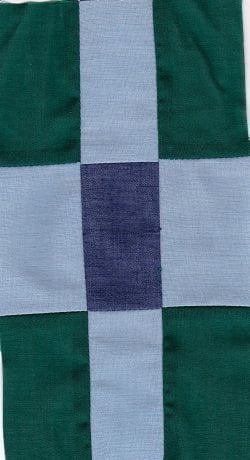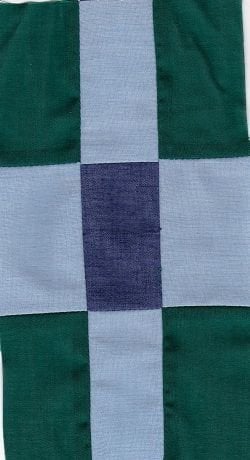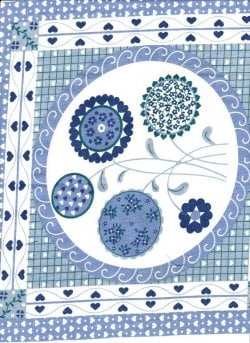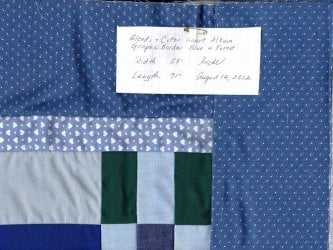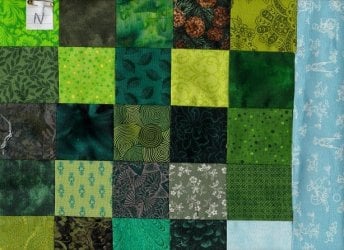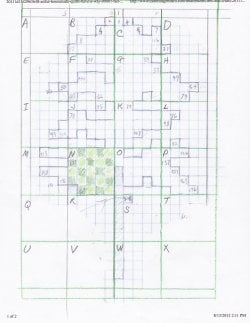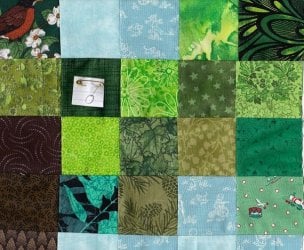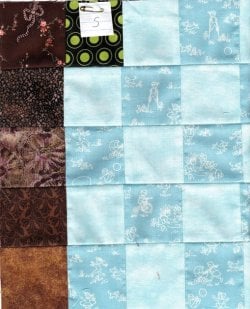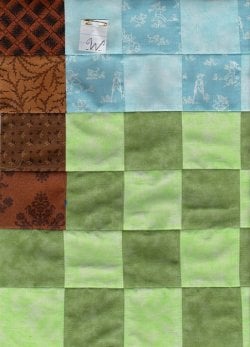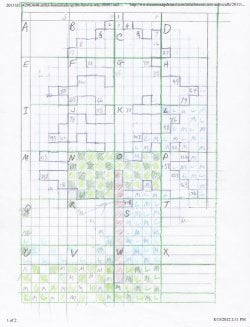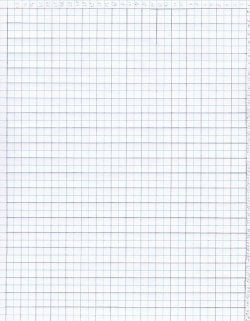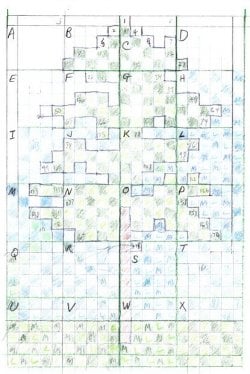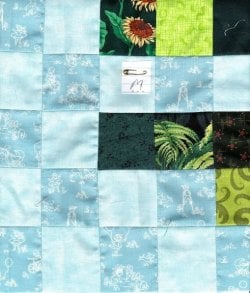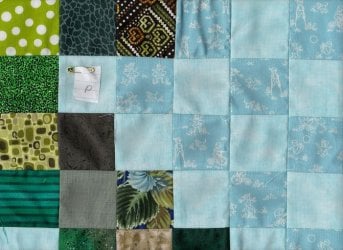freedombecki
Let's go swimmin'!
- Thread starter
- #701
The brick red quilt was fun. Sometimes when making brick quilts, tinier strips for mortar than one inch are used. The time seems to triple and drag, not sure why. It just does. 1" strips had already been cut from late in last winter when the strips for brick red were cut, and there are enough bricks (different, too) to make another small quilt. This one measured around 50x74" according to the measurements I made. That could go an inch either way, since the quilt was folded when it was measured. One little tuck can be a half inch in error, so it is smart to add an inch when preparing to quilt such a quilt. Also, the mortar leaves error margin, too, so pressing seams open lessens the issue. Otherwise=, the quilt crumples up a bit, leaving egregious areas that when compounded, can cause issues at final press or even at quilting time, when the batting is sandwiched between the back and front of the quilt. If the front is a mess, the quilting will be, too, as a given.
Here's a brick quilt from browsing:
A pattern with quilt kit is available at quilt photo credit page here for anyone who hates shopping and spending a lot more than is needed for any given quilt. Buying a kit can cut costs by over 50% sometimes if overestimation is made. Also, kits often use less than given yardages in quilt instruction books, with many a quilt writer adding 1/8 extra fabric in case a newbie miscuts a fabric or an experienced quilter dips into her quilt kit to make another project in a pinch before starting the quilt from which the quilt kit is cut. Only when pillows or shams to match are desired, purchasing more fabric is wise.

Here's a brick quilt from browsing:
A pattern with quilt kit is available at quilt photo credit page here for anyone who hates shopping and spending a lot more than is needed for any given quilt. Buying a kit can cut costs by over 50% sometimes if overestimation is made. Also, kits often use less than given yardages in quilt instruction books, with many a quilt writer adding 1/8 extra fabric in case a newbie miscuts a fabric or an experienced quilter dips into her quilt kit to make another project in a pinch before starting the quilt from which the quilt kit is cut. Only when pillows or shams to match are desired, purchasing more fabric is wise.





